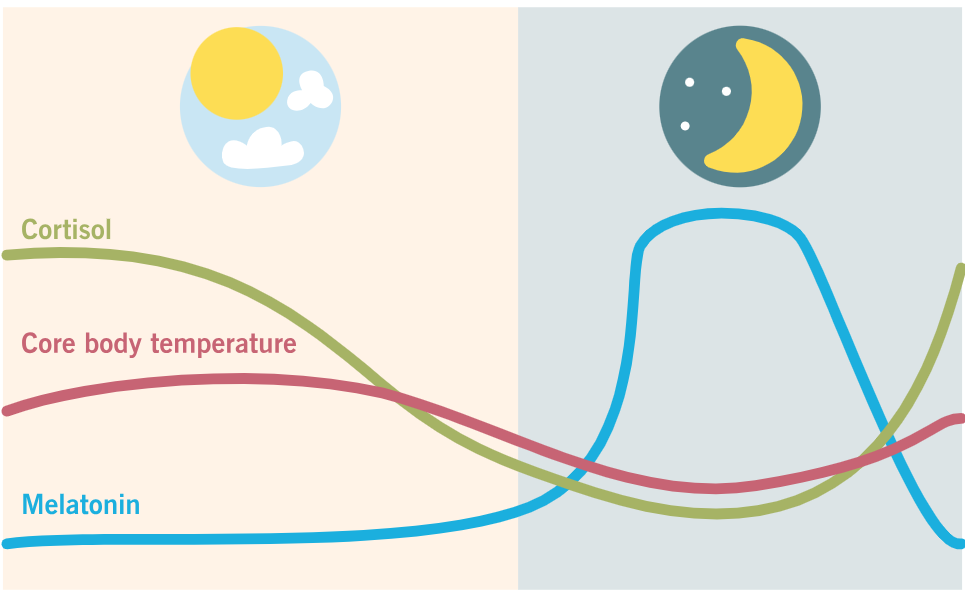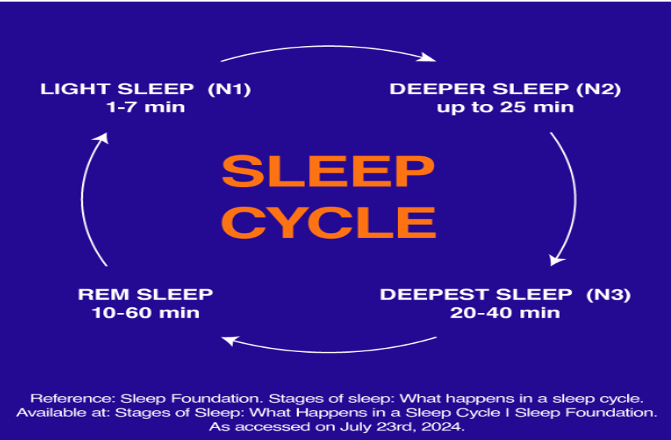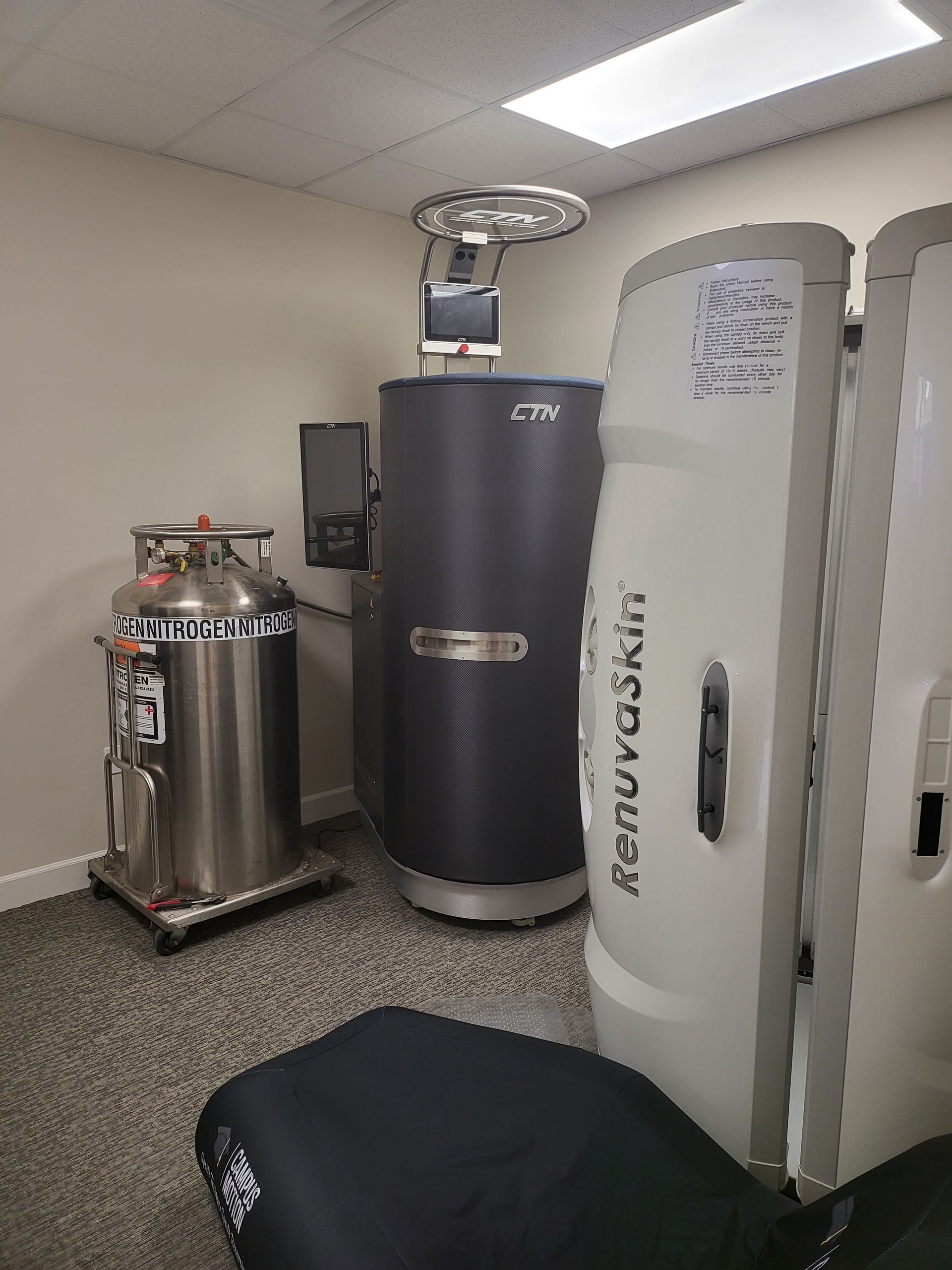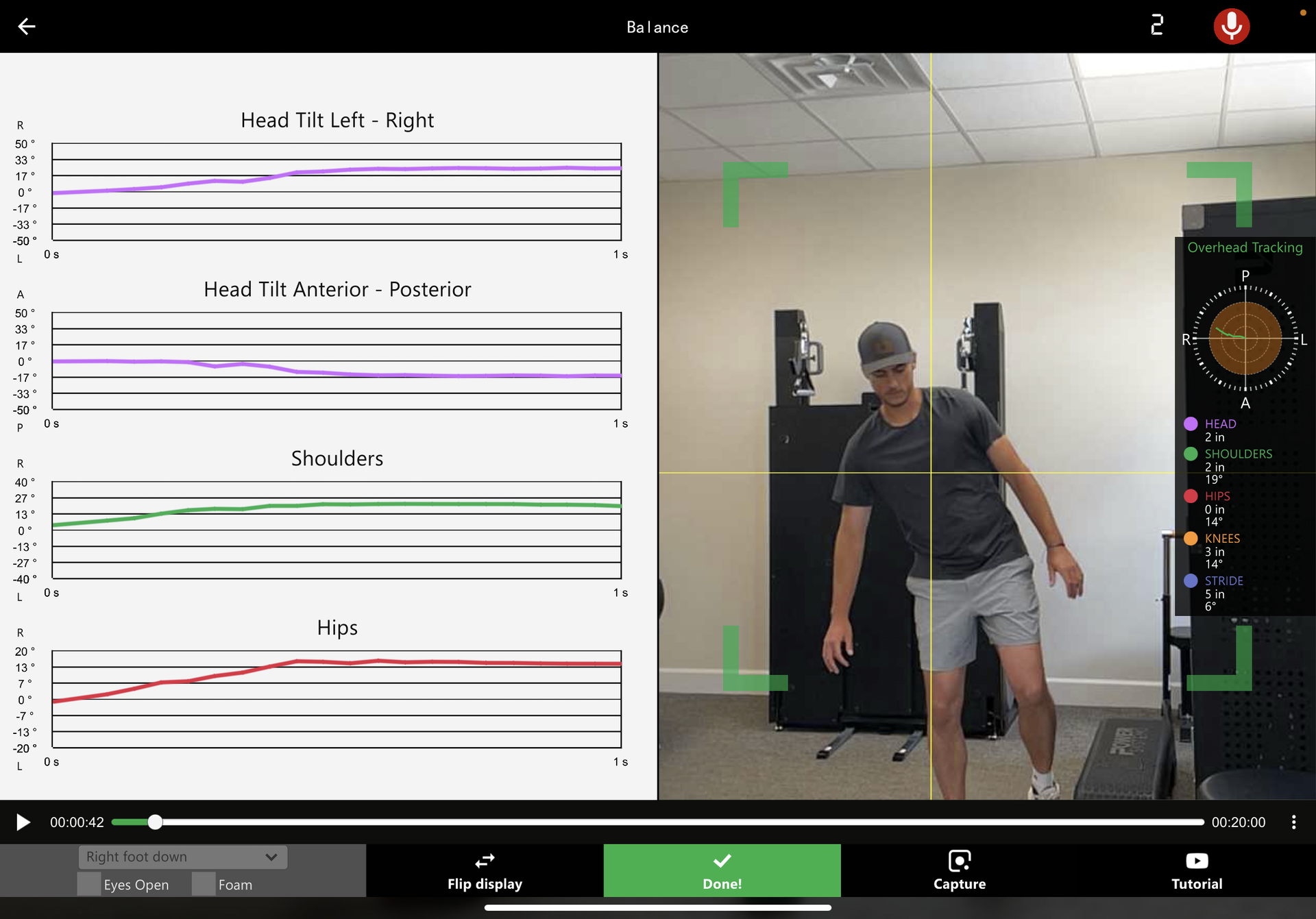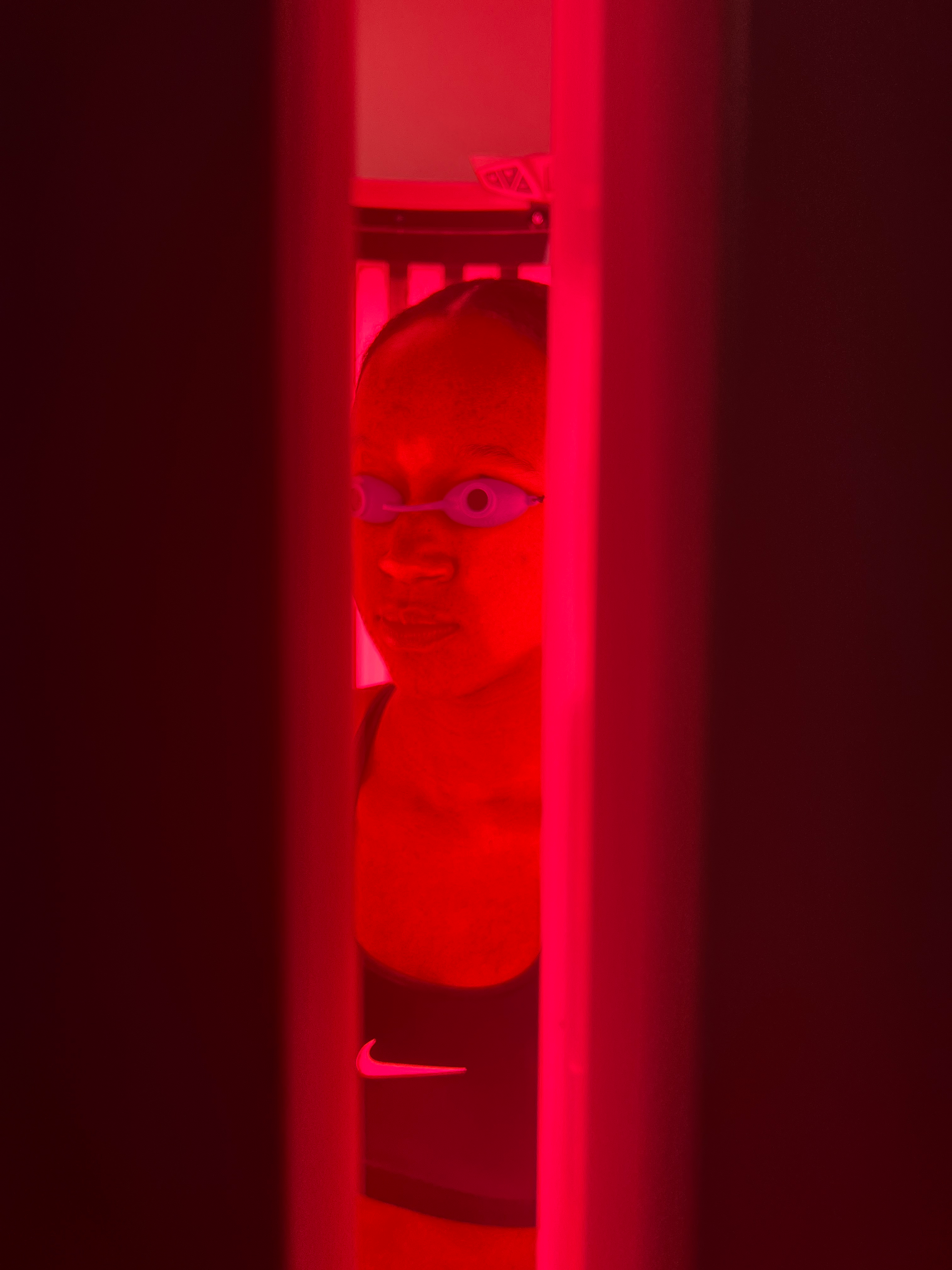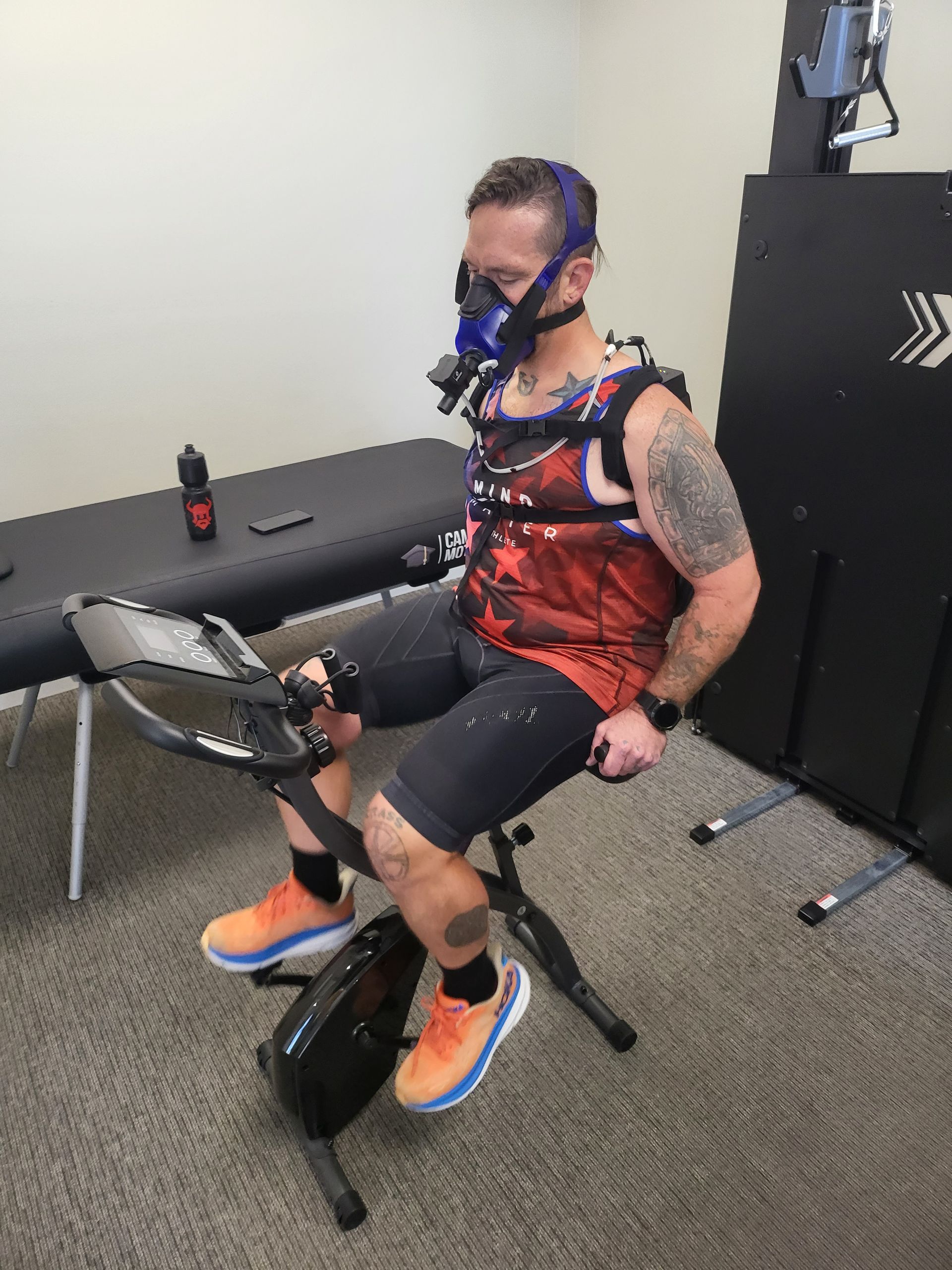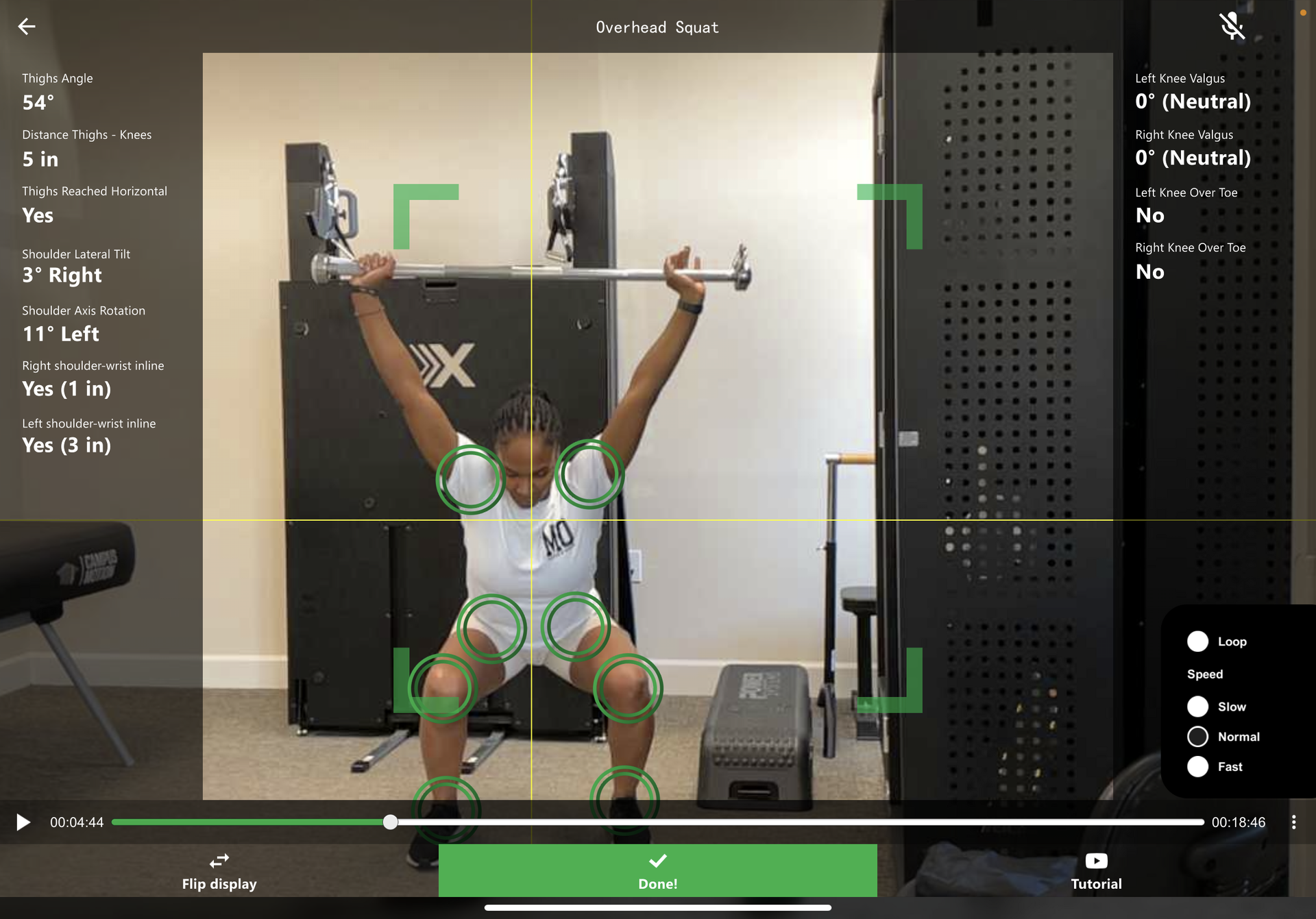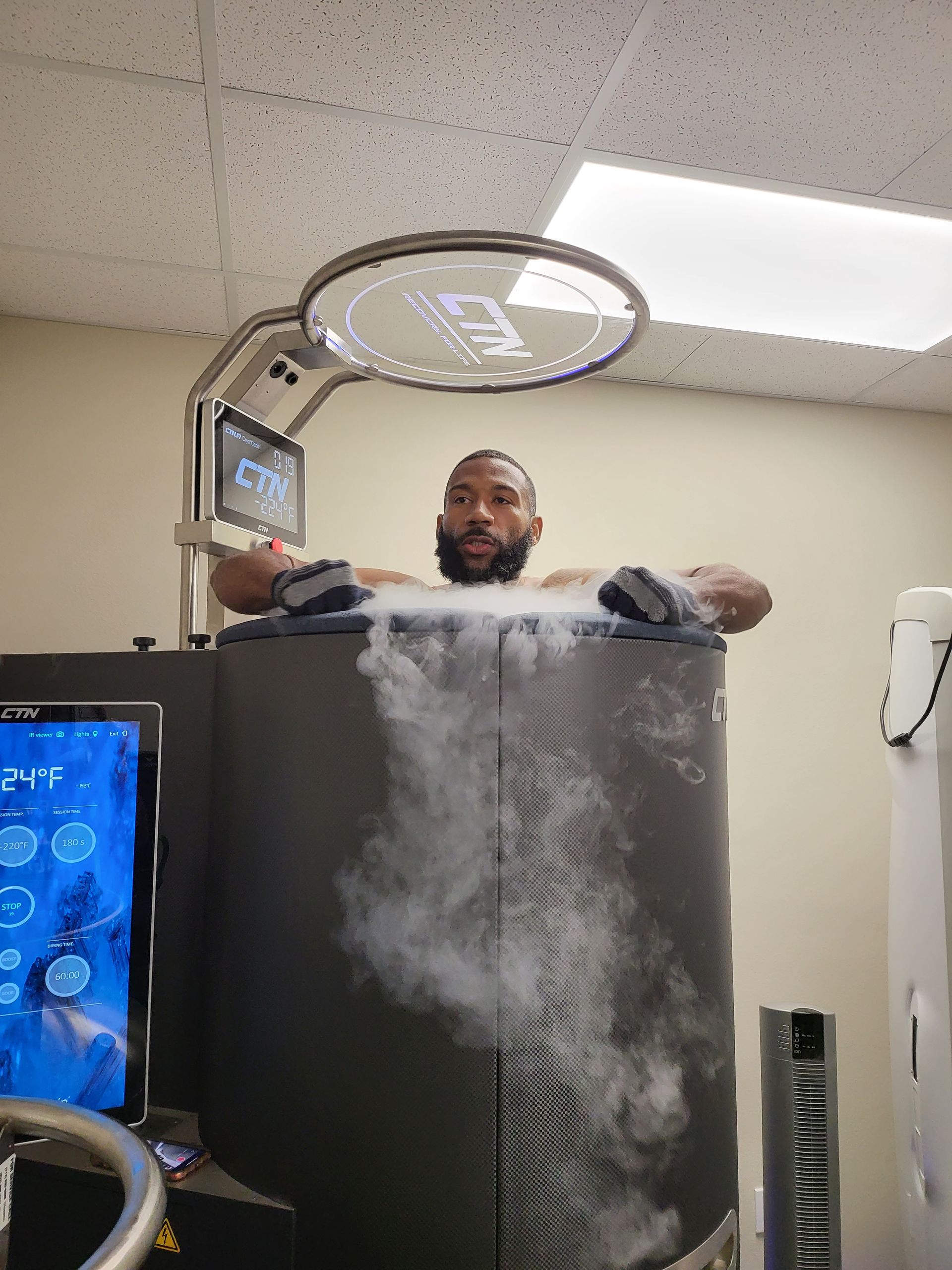Sports Injury Prevention: Techniques to Minimize Your Chance of Injury
Don't let an injury prevent you from participating in your favorite sport. Read about sports injury prevention and techniques to help you minimize your risk.
Did you know that there are approximately 100,000 to 200,000 ACL tears in the United States every year?
Athletes are always looking to find sports injury prevention tips that keep them on the field for longer. Sports injury prevention has become a major component of athletic teams competing at the highest level. To minimize sports injuries, athletes need to commit to many protocols like rest and hydration to keep themselves in top form when they do take the field.
In this article, we will walk you through everything you need to know about exercise to prevent sports injuries.
What Causes Sports Injuries?
Athletes place many stressful demands on their bodies, and they keep finding new ways to push themselves. But if you don't prepare well or don't follow the rules, there will be serious consequences. There are several things that can cause painful sprains and strains, and the following things often lead to accidents or overtraining.
Not Warming Up or Cooling Down
Athletes often make the mistake of not preparing enough and slowing down enough during his\her constant training. When players have to wake up early or have long training sessions, it's easy to forget to give their muscles extra care.
You might want to skip the warm-up part of your workout and go straight to the main part, but this is bad for your body. If muscle fibers are worked before they can be stretched, the direct force can cause them to tear.
Improper Or Poor Technique And Equipment
There is a reason why sports training techniques are specific and planned. If you don't do a move right and change your form, you can strain a hamstring or ligament over and over again and cause an overuse injury.
A swimmer can do the correct stroke without pulling a rotator cuff, and a runner can run straight without pulling a hamstring, if they have good form.
Damaged or new equipment, such as worn shoes or a new racket, makes a big difference. If you grab your new field hockey stick differently than your old one because it's heavier or bigger, it could put pressure on your knees.
Managing a faulty piece of equipment can take a player's attention away from interacting with other players, which can make them more likely to get hurt.
Injuries From the Past
Injury history and health problems make it more likely that a person will get hurt while playing sports. Pre-existing injuries destabilize ligaments or parts of the body that haven't fully healed, which puts athletes at risk.
Medical conditions like high blood pressure or breathing problems make competitions more dangerous for athletes with those conditions.
When traditional techniques are used on an athlete with an unusual hip alignment, overuse injuries can happen out of the blue. Scoliosis could lead to sports injuries in the back or neck, especially if the spine moves in strange ways.
Common Sports Injuries
Because sports are so physically demanding, people often get hurt while playing. Most injuries in sports happen in the joints, which take a beating from hard hits and hard work. Both pro and amateur athletes often get hurt in the following ways.
1. Sprains And Strains
Most athletes hurt themselves when they pull a muscle or sprain a ligament. These would be overuse injuries that occur when people run or jump too hard or too often.
Sprains are caused by sudden, jarring movements that put stress on joints and tear ligaments. Sprained ankles, knees, and wrists are common in sports.
2. Knee Injuries
Most knee injuries happen in soccer, which is played by 20.8% of athletes who go to the hospital. Knee problems are often caused by actions that involve turning or jumping over and over again.
Athletes often hurt their knees when they tear the meniscus or hurt the tissue between the patella and the shin bone. A common injury that often needs surgery is a tear inside the anterior cruciate ligament (ACL) that connects the thigh bone to the shin bone.
3. Achilles Tendinopathy
A common sports injury is overstretching the achilles tendon, which goes all the way to the calf. This makes it hard for athletes to finish their game.
When running or making sharp turns in track, gymnastics, dance, and many other sports, the tendon breaks or tears. Damage to the Achilles tendon is more likely to happen to sprinters with foot problems and weak arches.
4. Shin Sprains
Shin splints are also called medial tibial stress syndrome, and indeed the stress on the shin bone can come back if you do the same exercises over and over. Shin splints hurt when you run or do a lot of intense dance moves. The shinbone can be affected when becoming more active or starting a new way to train.
5. Rotator Cuff Tears
The tendons and musculature around the shoulder are all part of the rotator cuff. This region gets hurt when you rotate your arm in sports like football, swimming, tennis, baseball, etc.
Because the shoulder is often used to reach up and around, injuries make it hard to reach in extension with the arm. The dull pain that comes with this injury makes it hard to do daily tasks and hard, if not impossible, to compete in sports.
6. Concussions
Concussions occur with a hard hit to the head. The impact shakes the brain, which can cause memory loss, dizziness, nausea, and blurred vision, among other things.
When an athlete gets a concussion, they usually pass out. Some concussions aren't too bad and just need rest, but others can be very bad or even kill you.
Concussions kill 30 percent of people who die from injuries. They are also called traumatic brain injuries (TBI). Concussions can also hurt the spine and nerves close to it. Contact sports, like football, often cause head injuries.
7. Spine Problems
Stress and degeneration of the spine cause back pain in athletes. If the abdominals and other parts of the core that support the spine are weak, the vertebrae can be hurt, which can damage nerves. Golf, cycling, lifting weights, and tennis are all sports that can hurt your back.
Back pain can be caused by a number of things, like degeneration of the intervertebral discs or sciatica. Sciatica is a back problem that can cause pain that shoots or tingles down the legs. Back injuries and strains can put stress on the back or squeeze the discs in the spine.
8. Tennis and Golfer's Elbow
Tennis elbow is a classic overuse injury. The tendons all around the elbow get inflamed, which sends pain up the arm. Epicondylitis is the medical term for this injury.
It can be either medial or lateral, contingent on the repetitive movements that caused it. The injury also hurts the hand and wrist, which makes it hard to grip or hold sports equipment. Apart from overuse, poor form in golf or tennis also can cause inflammation in the elbow.
Tendonitis can also be caused by twisting or overusing the forearm. The pain is caused by stress on the tissues in the elbow, which can lead to tears that can go all the way to the hand. Badminton and arm-extending track-and-field events like discus and javelin throwing can also cause epicondylitis.
Sports Injury Prevention Tips
To keep getting better and breaking records in sports, it's important to keep your body from getting hurt. To avoid getting hurt, you need to plan ahead, and talking to athletic training professionals and doctors can give you more feedback on your athletic practices. Follow these tips to keep your ligaments, muscles, joints, and bones from getting hurt or getting worse over time.
1. Make a Plan
Athletes try to push their bodies to their limits, but sometimes they go too fast, work too hard, or strain themselves too much. Make a fitness plan to keep track of your goals and progress instead of pushing your body past what is healthy. Aim for long-term goals so that you don't set yourself back with an injury.
2. Warm Up and Cool Down
Warming up is more than just a routine for athletes. It helps your body gradually go from a neutral state to the high speeds and risky moves of an athlete.
Isometric exercises are a form of physiologic warming that helps protect the muscles and makes them more flexible, which helps any activity that comes after.
Start your exercise with some light stretching and warm-up to get your muscles ready. The cooldown lets your body slowly return to a state of rest, which is good for your overall health and keeps you from getting hurt.
3. Understand Limits
Even athletes who push the boundaries of what humans can do in terms of strength and speed have limits, which is hard to admit. Pay attention to how much pain you're in, and don't overlook what your body tells you.
If you play through the pain, you might hurt yourself more than if you did stop when you first felt it. Watch out for signs that your joints are being overused and stressed. Know the difference between the normal soreness of muscle use and the pain of a possible injury.
4. Incremental Progress
Most sports injuries happen when the intensity of a workout changes. Don't make big changes to how long your training is or how fast it goes. A general principle for making progress is to increase the difficulty of your workout by 10% every week.
This is a chance for your bones and muscles to adjust and get stronger instead of being shocked by something new. If you're a runner who wants to go farther, use the 10 percent rule to add length to your jogs over several weeks until you reach the number of miles you want.
5. Diversify with Flexibility
Cross-training is the best way to develop all of your body's skills. No matter what sport you play, getting stronger, more flexible, and able to last longer will make you less likely to get hurt.
By working out regularly, you will strengthen your muscles and give your ligaments and joints more support. This will keep the body from getting too used to the same muscles by making them work harder and giving the whole body more strength.
Coaches may give their runners cross-training for their upper bodies because runners' legs take a lot of hits without making anything above their waists stronger. Resistance training and trying to stretch are both important parts of any sport's workout plan.
6. Keep Hydration First
Even though staying hydrated might not seem like a direct way to avoid sports injuries, it is an essential part of doing exercise right. Dehydration makes it hard to play sports, and players who don't drink enough water will use bad techniques and lack power. Staying hydrated prevents tiredness and stress.
Athletes have a hard time keeping enough water in their overworked bodies because they sweat all the time. Plasma volume goes down when there isn't enough water, so even on a physiological level, athletes need to drink enough water before they work out. Remember to drink enough water before, during, and after exercise.
7. Rest
In sports, getting hurt is less likely when there is time to heal. The joints, ligaments, and musculature need a breather from being moved and hit over and over again. High-impact sports should be spaced out with rest days so that muscles don't get too tired and hurt from being used all the time.
Take breaks while training, practicing, and competing as well. Healing from existing injuries may seem like far too much downtime from your sport, but it is important for your future health and development. Rest days look different for each sport and individual, and you can do light activities instead of your usual workouts.
Keeping Healthy and Safe as an Athlete
At the end of the day, there are plenty of things you can do to keep yourself safe as an athlete. Basic sports injury prevention involves adequate time for rest and hydration, as well as a commitment to flexibility and slow but sustained progress. If you can keep these principles in mind, you'll be able to avoid common sports injuries and keep yourself on the field for longer.
If you want to learn more about how to stay fit as an athlete, please check out the other articles on our blog!
